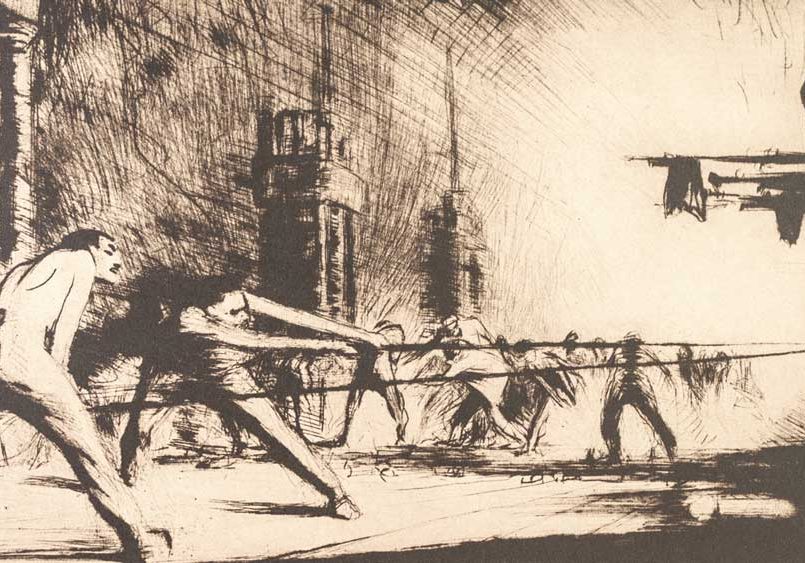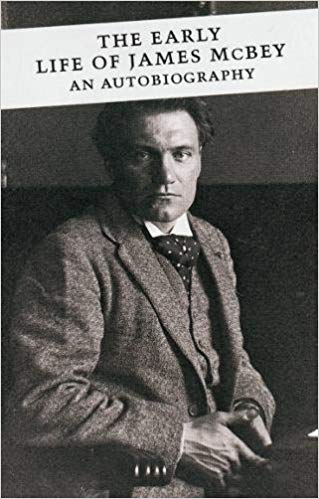
Print Money
by Michael Perry
I was recently reading a book entitled ‘The Early Life of James McBey’. The book is an autobiographical account of this self-taught boy from a humble village in the north east of Scotland, who became one of Scotland’s most successful and celebrated artists. Born in 1883, his journey was not an easy one – he experienced poverty, his family’s indifference, his mother’s suicide and the petty routines of an Aberdeen bank in the early years of the 20th Century. As I read, it slowly dawned on me how familiar his work as a bank clerk was to my own experiences, as a 16-year old, on joining Capes Dunn in 1960 as the auctioneer’s clerk – writing in pen and ink in the large ledgers of the double entry book keeping system and, in particular, being shown how to erase a mistake by scraping the surface off the paper with a sharp penknife, just as McBey recounted.
By coincidence, a few days later I came across a year-end statement made out by Walter Street, the manager at Capes Dunn in the 1960s, detailing my nett year’s pay of £203 – £3 and 10 shillings for a five and a half day working week, which works out at 8p an hour. As instructed on the certificate, I have kept it all these years (and all subsequent years!).

McBey’s chosen artistic medium was etching but he did not have any formal training. He describes how he borrowed a library book ‘A Treatise on Etching’ by Maxine Lalanne which was illustrated with this artist’s own etchings and in which ‘the fullest directions were given as to how to take a sheet of copper, coat it with a film of wax, blacken the wax, draw in the subject with a needle, place the whole in a bath of acid, clean off the wax when the acid has done its work, ink the plate, wipe it and press damp paper on it.’ The description of how he made and printed his first etching is quite gripping. The process is relatively simple but the talent to draw on wax with a needle eludes most of us but to McBey it came naturally. However, it is open to all of us to observe, appreciate and indeed to own the result of such artistic talent.
Whilst I have concentrated on the medium of etching, this is only because it is my favourite. The world of print making takes many forms including wood block prints, lithographs, aquatints, mezzotints, steel engravings, photogravures, etc.
In modern times, the original print market enjoyed a golden period of popularity in the 1920s and 1930s. Coloured wood block flower prints from the 1930s will appear in the salerooms labelled and priced 20 guineas (equivalent now of £1,200). In fact, at auction today it would probably bring little more than £100. Excellent quality prewar etchings can be bought at auction for less than £50, each one a direct example of the artist’s talent.
Today’s popular print market is fuelled by the colour print reproduction, whereby the artist takes his original painting to a printer who produces a run of, say 850, digital colour print reproductions and the artist then signs and numbers each one in person in the white margin. Thus, there is only one original work ‘Going to the Match’ by L.S. Lowry but there are 300 signed limited edition reproductions – one was offered recently in a gallery in Hale, Cheshire, for £40,000!
McBey’s book is available on the internet for between £4-£6. Even if you don’t usually read books of this kind, I think you will find it an interesting and informative read.
Capes Dunn has several specialist auctions per year which include a wide range of prints, etchings and paintings. Our full calendar is online at capesdunn.com.




